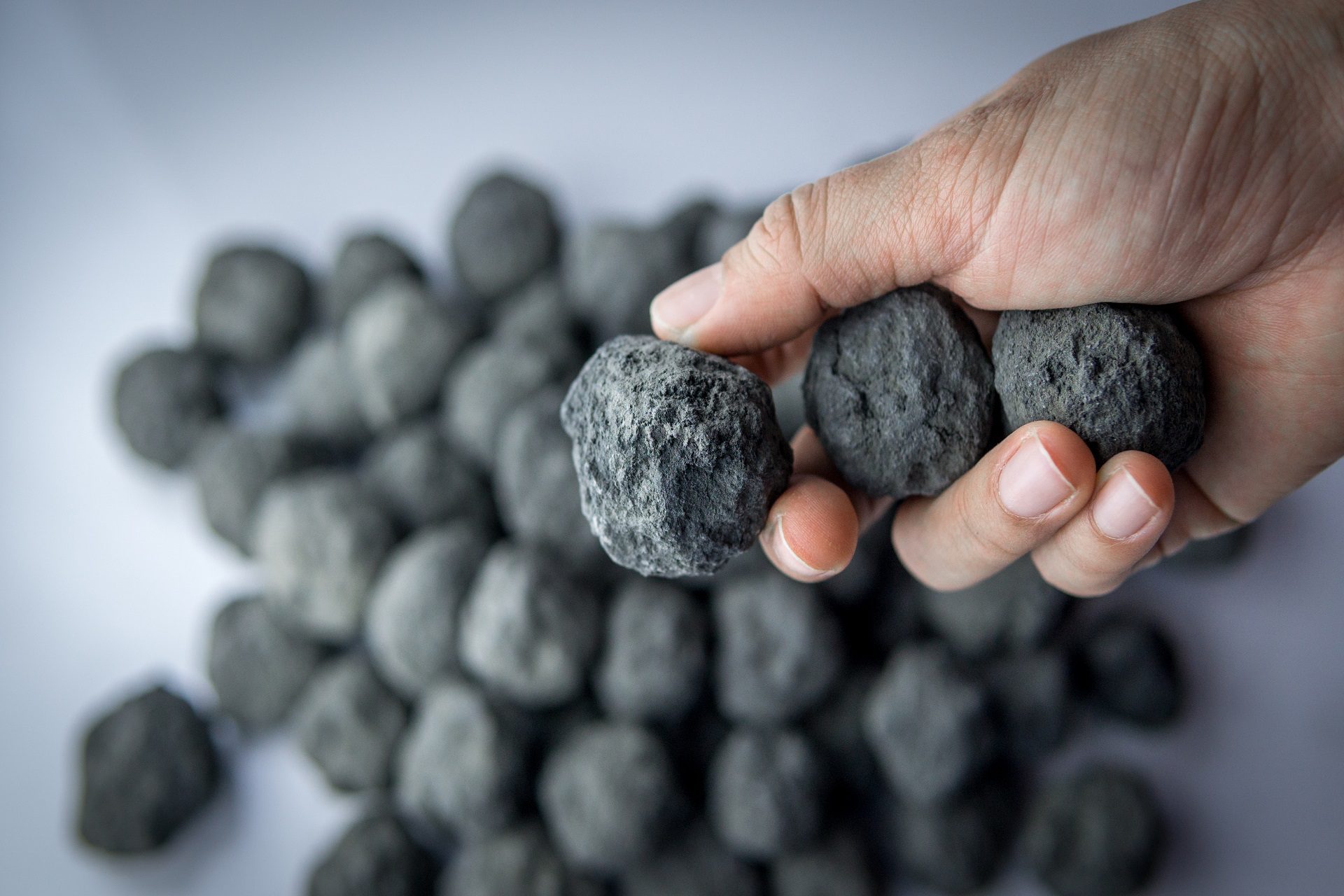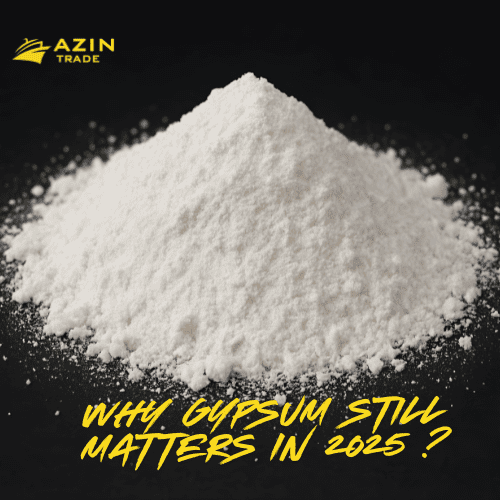The Comprehensive Guide to Iran Clinker and Finding the Best Clinker Supplier
Introduction
Clinker is a fundamental component in the production of cement, which plays a crucial role in construction projects worldwide. Among the leading producers, Iran stands out for its high-quality clinker production. This guide will delve into the importance of Iran clinker, the benefits of sourcing it, and how to find the best clinker provider to meet your construction needs.

Clinker
Table of Contents
What is Clinker and Why is it Important?
Overview of Iran Clinker Industry
Benefits of Using Iran Clinker
Types of Clinker Produced in Iran
Key Factors in Choosing a Clinker Supplier
How to Evaluate the Quality of Iran Clinker
Case Studies: Successful Projects Using Iran Clinker
Environmental Impact and Sustainability in Clinker Production
Future Trends in the Iran Clinker Market
Conclusion
What is Clinker and Why is it Important?
Clinker is a nodular material produced in the kilning stage during the production of cement. It is the primary ingredient in most types of cement. The process involves heating limestone and clay to high temperatures until they form small, gray-colored nodules. These nodules, or clinker, are then ground to produce cement. The quality of clinker directly influences the performance and durability of the final cement product, making the choice of a reliable clinker supplier critical for construction projects.
Overview of Iran Clinker Industry
Iran is one of the top clinker producers globally, with a well-established industry that caters to both domestic and international markets. The country’s rich natural resources, advanced manufacturing processes, and strategic location make it a significant player in the clinker and cement market. Iran clinker is known for its high quality, consistency, and competitive pricing, which makes it a preferred choice for many construction companies around the world.
Benefits of Using Iran Clinker
Using Iran clinker offers numerous advantages for construction projects:
High Quality: Iran clinker meets stringent international standards, ensuring high performance and durability.
Cost-Effective: Due to efficient production processes and abundant raw materials, Iran clinker is competitively priced.
Consistency: Advanced manufacturing techniques ensure consistent quality across different batches.
Availability: With a robust production capacity, Iran clinker is readily available for large-scale projects.
Environmental Practices: Many Iranian manufacturers are adopting eco-friendly practices to minimize environmental impact.
Types of Clinker Produced in Iran
Iran produces a variety of clinker types to meet different construction needs. Some of the most common types include:
Ordinary Portland Clinker: Used for general construction purposes, providing good strength and durability.
Sulphate Resistant Clinker: Ideal for environments with high sulphate content, such as coastal areas.
White Clinker: Used for aesthetic applications in architectural projects.
Pozzolanic Clinker: Offers enhanced resistance to chemical attacks and is suitable for marine environments.
Low Heat Clinker: Used in large-scale constructions like dams to reduce the heat of hydration.
Each type of Iran clinker is tailored to specific requirements, ensuring optimal performance in various applications.
Key Factors in Choosing a Clinker Supplier
Choosing the right clinker supplier is essential for the success of your construction project. Here are some factors to consider:
Reputation: Look for suppliers with a strong reputation for delivering high-quality clinker consistently. Check reviews and ask for references from past clients.
Certification: Ensure the supplier adheres to local and international standards. Certification from recognized bodies can be a good indicator of quality.
Supply Chain: A reliable clinker supplier should have a robust supply chain to ensure timely delivery. This is especially critical for large-scale projects where delays can be costly.
Customer Service: Excellent customer service can make a significant difference. A supplier that provides support and addresses issues promptly can save you a lot of stress.
Price: While cost is a crucial factor, it shouldn’t compromise quality. Look for a supplier that offers competitive pricing with flexible payment terms.
How to Evaluate the Quality of Iran Clinker
Evaluating the quality of Iran clinker involves several tests and checks:
Chemical Composition: Ensures the clinker has the right balance of ingredients for optimal performance.
Fineness: Determines the particle size of the clinker. Finer clinker provides greater strength.
Consistency: Ensures uniform quality in every batch.
Compressive Strength: A critical test to determine the load-bearing capacity of the clinker.
Setting Time: Measures how long the clinker takes to set. It should neither set too quickly nor too slowly.
By conducting these evaluations, you can ensure that the Iran clinker you choose meets the necessary standards for your project.
Case Studies: Successful Projects Using Iran Clinker
Several notable construction projects have successfully utilized Iran clinker, showcasing its reliability and performance:
Tehran Metro Expansion: The extensive metro network in Tehran used Iran clinker for its tunnels and stations, ensuring strength and durability under challenging conditions.
Milad Tower: One of the tallest towers in Iran, Milad Tower’s construction relied on high-quality Iran clinker to achieve its impressive height and structural integrity.
Isfahan Sports Complex: This large-scale sports facility used Iran clinker to create robust and resilient structures, capable of hosting various sporting events.
These case studies demonstrate the versatility and high performance of Iran clinker in diverse construction projects.
Environmental Impact and Sustainability in Clinker Production
The clinker industry is known for its environmental impact, primarily due to CO2 emissions during production. However, Iran clinker manufacturers are increasingly adopting sustainable practices to mitigate these effects:
Energy Efficiency: Implementing energy-efficient technologies in clinker production to reduce greenhouse gas emissions.
Waste Management: Utilizing industrial byproducts and waste materials in the production process to minimize waste.
Green Certifications: Many Iran clinker plants are seeking certifications such as ISO 14001 to demonstrate their commitment to environmental management.
Recycling Initiatives: Promoting the recycling of clinker and other construction materials to reduce environmental impact.
These efforts contribute to more sustainable construction practices and enhance the overall environmental performance of Iran clinker.
Future Trends in the Iran Clinker Market
The future of the Iran clinker industry is shaped by several emerging trends:
Technological Advancements: Integration of AI and IoT to optimize production processes and improve quality control.
Sustainable Practices: Increased focus on developing green clinker and adopting sustainable manufacturing practices.
Global Expansion: Expanding export markets to meet international demand for high-quality clinker.
Innovation in Products: Development of new clinker types and formulations to cater to specific construction needs.
Regulatory Compliance: Adhering to stricter environmental regulations and standards to ensure sustainable growth.
Staying abreast of these trends can help construction professionals make informed decisions and capitalize on new opportunities in the Iran clinker market.
Conclusion
Iran clinker offers a unique combination of quality, affordability, and versatility, making it an excellent choice for a wide range of construction projects. By understanding the benefits, types, applications, and challenges associated with Iran clinker, construction professionals can make informed decisions that enhance the success and sustainability of their projects. Whether for residential, commercial, industrial, or infrastructure projects, Iran clinker provides the reliability and performance needed to achieve outstanding results.
Key Takeaways
Iran clinker is renowned for its high quality, affordability, and diverse applications.
Understanding the different types of Iran clinker and their specific uses can help in selecting the right product for your project.
Successful projects using Iran clinker demonstrate its reliability and versatility.
Sustainable practices and future trends in the industry are shaping the growth and development of Iran clinker.
Addressing challenges through innovative solutions and market diversification can enhance the industry’s resilience and success.




